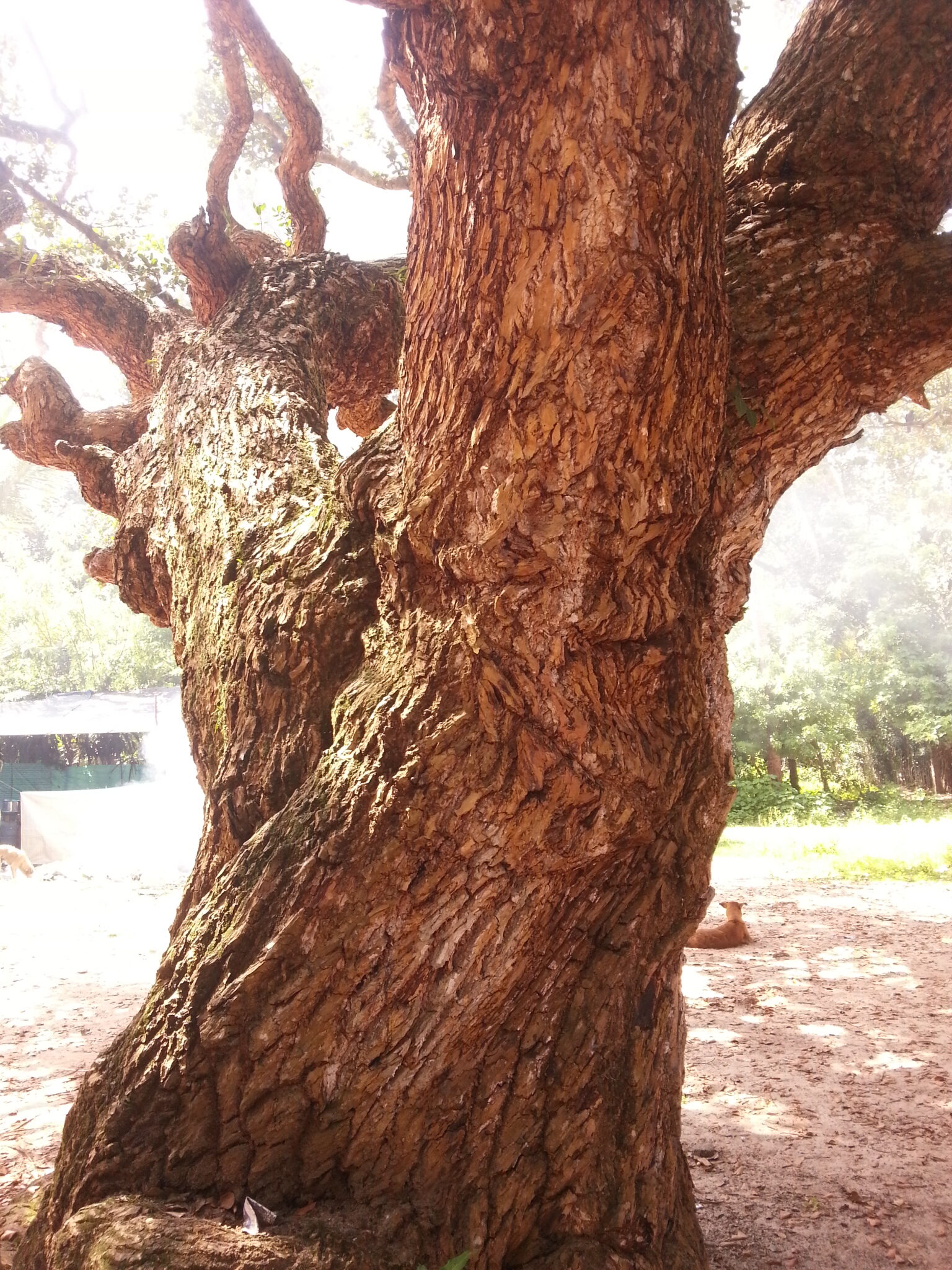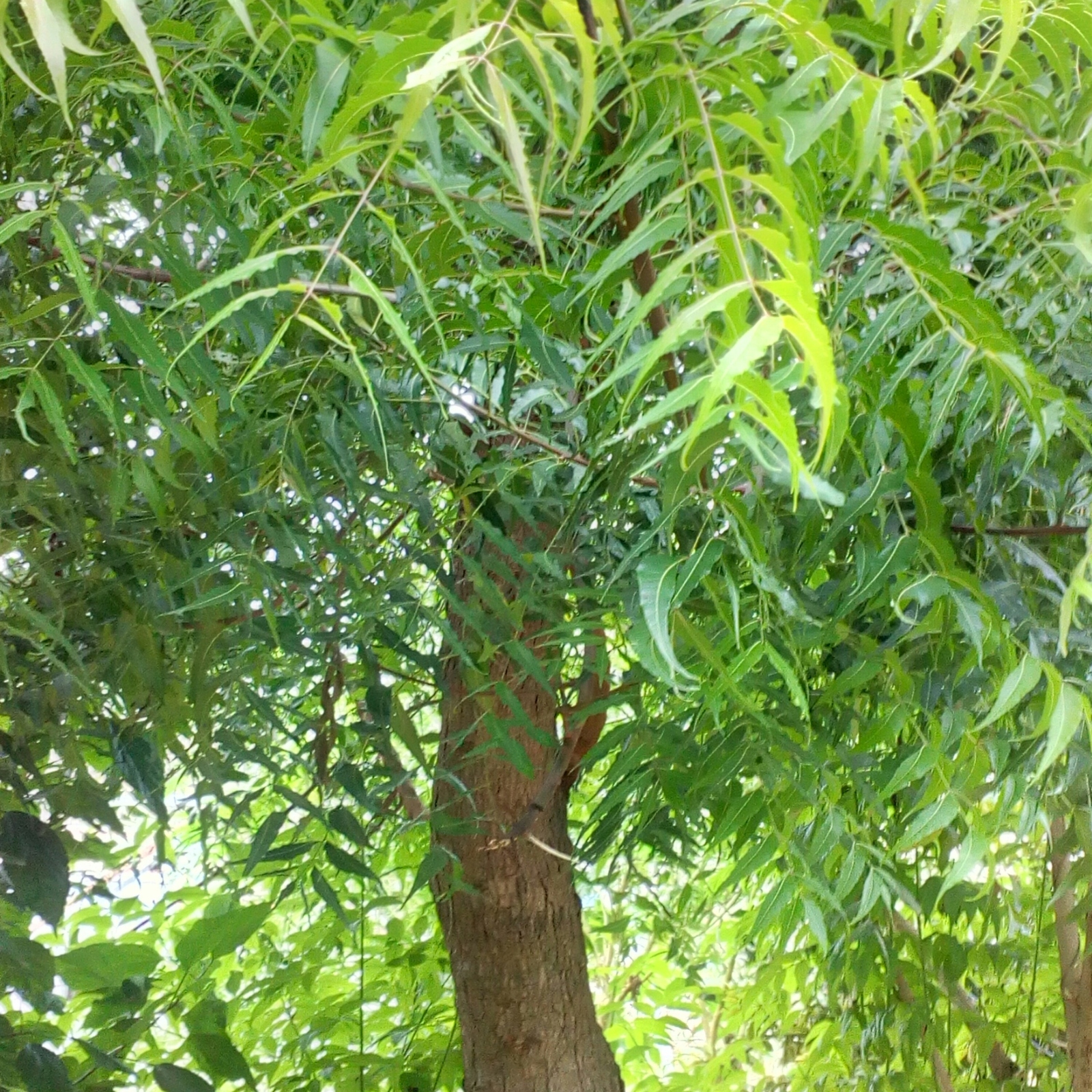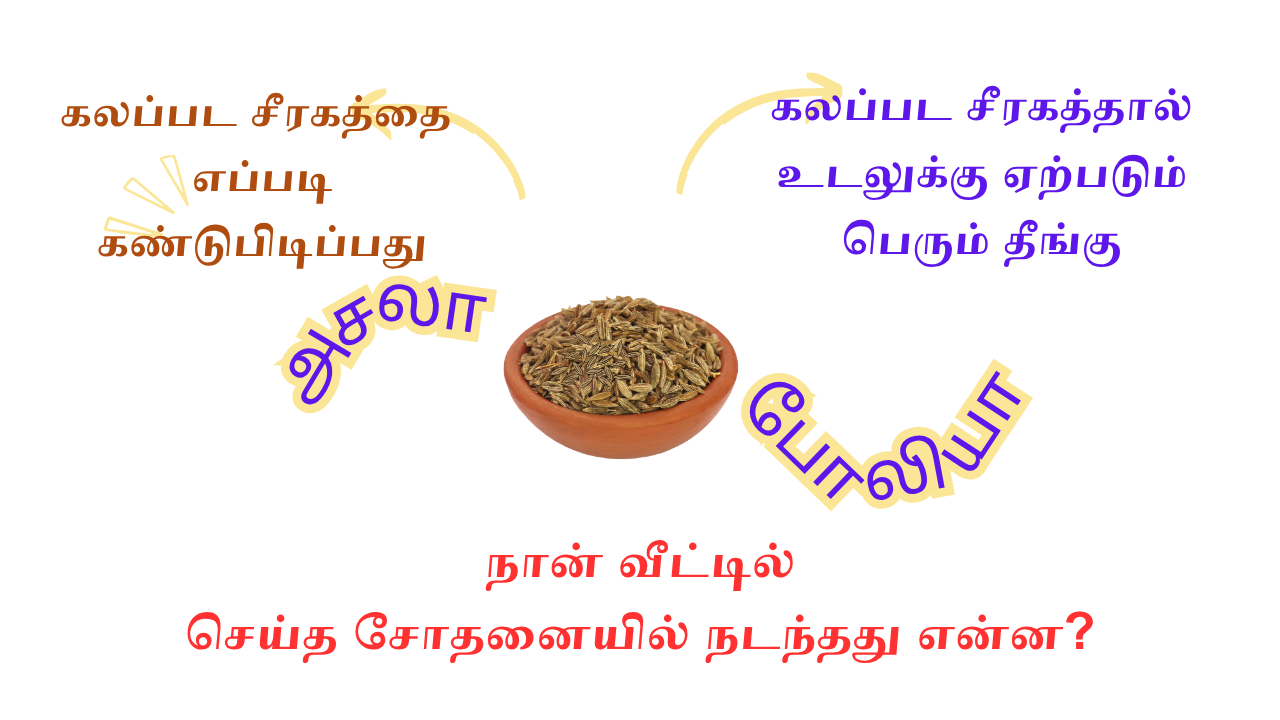7 Indian Medicinal Trees in Danger of Extinction
Trees had a crucial role to play in ancient Indian medicinal practices like Siddha and Ayurveda. Silent, majestic guardians of health, these medicinal trees of India have healed countless ailments and formed part of our cultural and spiritual lives. Today, many of them are disappearing. In this article, we explore 7 endangered medicinal trees of India, their traditional uses, and how we can help preserve them through conservation. These native Indian trees served a key role in traditional medicine.
1) Ashoka Tree

Benefits
Benefits of Ashoka tree include:
- Helps to heal menstrual disorders including irregular menstrual cycle, painful periods and excessive bleeding during periods.
- Reduces inflammation
- Purifies blood
- Promotes skin health
2) Arjuna Tree

Benefits
Some of the important benefits of Arjuna tree include:
- Boosts heart health.
- Helps to maintain healthy blood pressure
- Controls cholesterol levels
- Promotes blood circulation
- Helps to heal wounds faster
3) Bael Tree

Source: <a href=”https://commons.wikimedia.org/wiki/File:Trunks_and_leaves_of_Indian_bael_(Aegle_marmelos).jpg”>Billjones94</a>, <a href="/en/”https://creativecommons.org/licenses/by-sa/4.0″/">CC BY-SA 4.0</a>, via Wikimedia Commons
Benefits
- Helps to cure digestive disorders
- Controls diabetes
- Cures respiratory conditions
- The fruit of Bael tree improves immunity.
4) Indian Sandalwood Tree
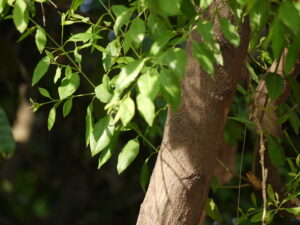
Benefits
- Helps to heal skin conditions
- Reduces inflammation
- The pose relieves stress.
- Works as an effective coolant
5) Indian Kino Tree
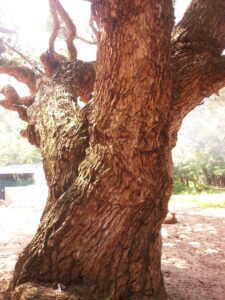
Benefits
- Controls diabetes
- Helps with healing wounds faster
- Cures inflammation
6) Frankincense Tree
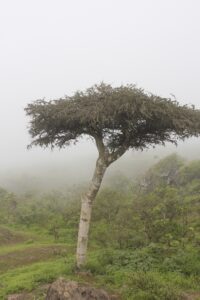
Source:<a href=”https://commons.wikimedia.org/wiki/File:Frankincense_Trees_in_Dhofar_2.jpg”>https://www.flickr.com/photos/130649623@N05/</a>, <a href="/en/”https://creativecommons.org/licenses/by-sa/2.0″/">CC BY-SA 2.0</a>, via Wikimedia Commons
Benefits
- Helps to heal joint pain and inflammation
- Improves digestion
- Supports lung function and helps to relieve respiratory conditions
7) Red Sandalwood Tree
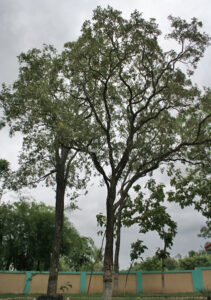
Benefits
- Cures cold and fever
- Helps to heal skin conditions
- Helps to heal infections
- Controls diabetes
- Supports healing of joint conditions
- Helps to treat venom bites
- Helps to cure piles
- Relieves fatigue
- Purifies blood
The above-mentioned endangered and vulnerable medicinal trees of India have a long history and have been a part of our culture. Right from providing herbal medicine to representing our culture, their roles have always been significant. It is on us to save these trees from extinction.
These endangered trees should be grown in parks, schools, colleges and places of worship.
Always ensure buying eco-friendly products that protect our trees, support our ecosystem and nurture nature.

Rama Thamizharasu
Welcome. I am a yoga therapist, Reiki healer, SEO consultant, freelance writer and translator. We welcome you to visit our other site and YouTube channels.
https://voiceofapet.blogspot.com/
https://www.youtube.com/@PetsDiaryPages
https://www.youtube.com/@letnaturelive1 .


